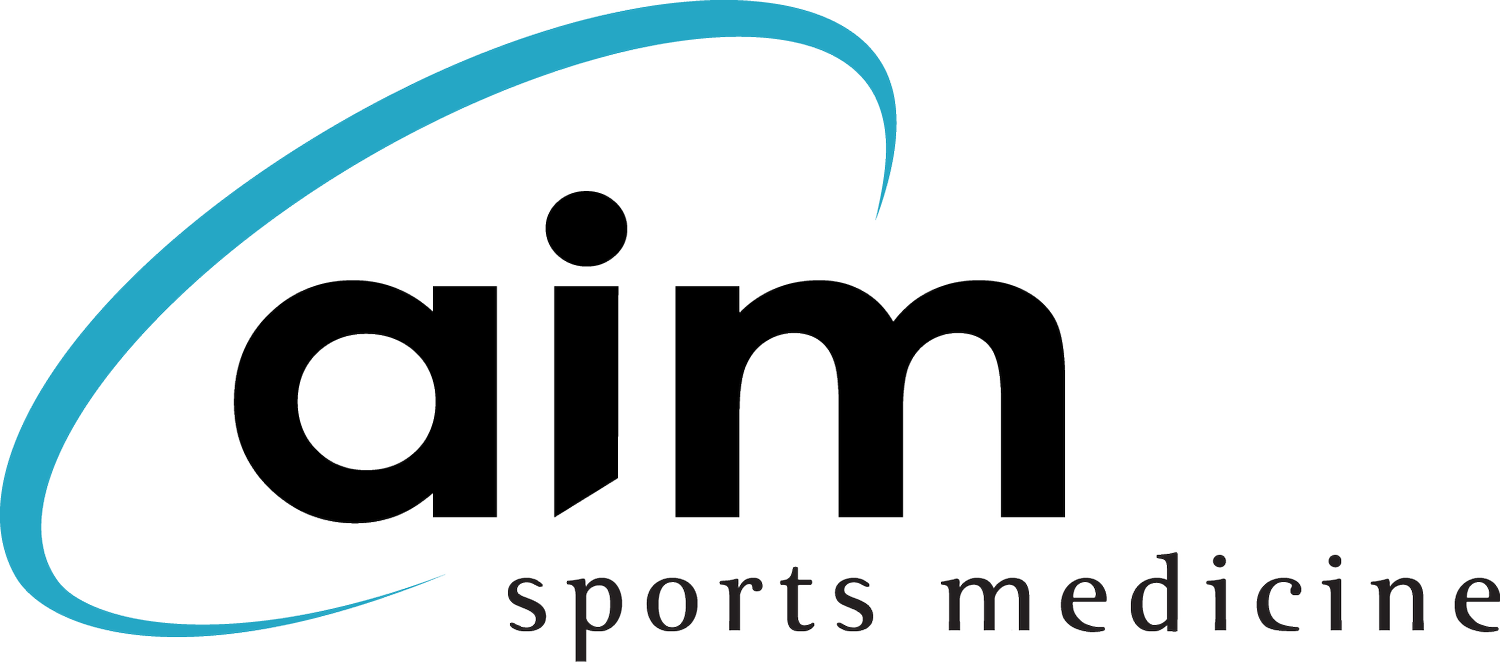Blood Flow Restriction (BFR): How & Why It Helps You
Blood Flow Restriction (BFR) has become an increasingly popular tool for rehabilitation due to its ability to increase muscle activation and strength while using light resistance. Although BFR has been around since 1966, its recent utility in rehabilitation has led to improved research on its application with strength gains for post-surgical patients and helping older adults improve mobility.
This post will discuss some basic concepts of BFR and how it is helpful for our patients..
What Is Blood Flow Restriction?
Blood flow restriction (BFR) is the application of an inflated cuff to the upper thigh or upper arm to decrease the outflow of blood into the leg or arm. When the blood is occluded (at a percentage of total occlusion) while performing low-resistance exercise, it creates metabolic stress and mechanical tension in the area. These metabolic stresses and tension elicit physiological changes in the muscles, similar to changes in muscles when training with heavy resistance. Therefore, partial occlusion of blood to the muscle in conjunction with lightweight training can help you gain strength even if you cannot carry a heavyweight.
Traditionally, heavyweight training uses 70% of your one rep maximum to elicit strength gains. Using blood flow restriction with low load resistance exercise can elicit strength gain while only lifting 30% of your one rep maximum. A 2017 systematic review and meta-analysis by Hughes et al. concluded that compared with low-resistance training, low resistance with BFR training is more effective in gaining strength and more tolerability and, therefore, a viable clinical rehabilitation tool. So, imagine being able to gain strength without lifting heavy weights! This is a great tool for a variety of people who, because of pain or fragility, cannot carry a heavyweight.
Who is an appropriate candidate for Blood Flow Restriction?
Blood Flow Restriction training is a great tool for people who experience loss of muscle (atrophy) to the leg (quad, hamstring, and calf) due to an injury or immobilization. Many people who are immobilized in a knee brace or CAM (foot) boot experience disuse muscle atrophy, and BFR can be used at the beginning of their rehabilitation in order to decrease further muscle atrophy and improve muscle strength without loading the joints with heavyweights.
Healthy individuals who undergo surgery to the knee, like ACL reconstruction surgery or any knee surgery, can benefit greatly from blood flow restriction. Before and after ACL reconstruction surgery, the thigh muscles (quads) suffer muscle atrophy due to a lack of use of the muscle, or joint swelling. The atrophy from the surgery is accompanied by joint swelling, joint pain, and weakness and limits the individual from most mobility activities like walking, squatting, and going up and downstairs. Strength training must begin as soon as possible in order to decrease muscle atrophy and reboot the muscle with neuromuscular re-education. The use of BFR training allows the person to start working the thigh muscles immediately without the need for heavy resistance or weights.
Healthy older adults 65 years of age and older are also good candidates for BFR training. Older adults lose their functional mobility due to sarcopenia (loss of muscle mass and strength). Many of these individuals have a difficult time gaining strength because lifting heavy resistance can be uncomfortable or lead to injury. According to a systematic review by Centner et al., published in the Journal of Sports Medicine in 2019, BFR is a viable tool for muscle atrophy and muscle strength gains in older adults. Therefore, utilization of BFR in training can lead to improved results with functional movements such as squatting and reaching for an object on the floor and sit-to-stand transfers.
Contraindications to Blood Flow Restriction (BFR)
Although blood flow restriction is safe for healthy individuals, there are many people who can be seriously hurt by the use of blood flow restriction. The following is a list of medical conditions that patients must not have when applying blood flow restriction training.
History of Deep Vein Thrombosis or Pulmonary Embolism
Poor circulatory system
Obesity
Diabetes
Arterial calcification
Sickle cell trait
Severe hypertension
Renal compromise
Peripheral vascular disease
Sickle cell anemia
Extremity infection
Lymphadenectomy
Cancer or tumor
Medications are known to increase clotting risk
DePhillipo et al., 2018 Literature Review
Blood Flow Restriction in training can lead to faster strength gains without the discomfort of heavy weights. It is becoming more utilized in rehabilitation. As more research is unearthed, we will be able to find more applications for it.
Contact Aim
If you have a question about our physical therapy, call us, and we'll provide you with our professional opinion. We are ready to support you during your healing journey.
Call or Text us today: (310) 937-2323
Aim Sports Medicine
1035 Aviation Blvd.
Hermosa Beach, CA 90254

